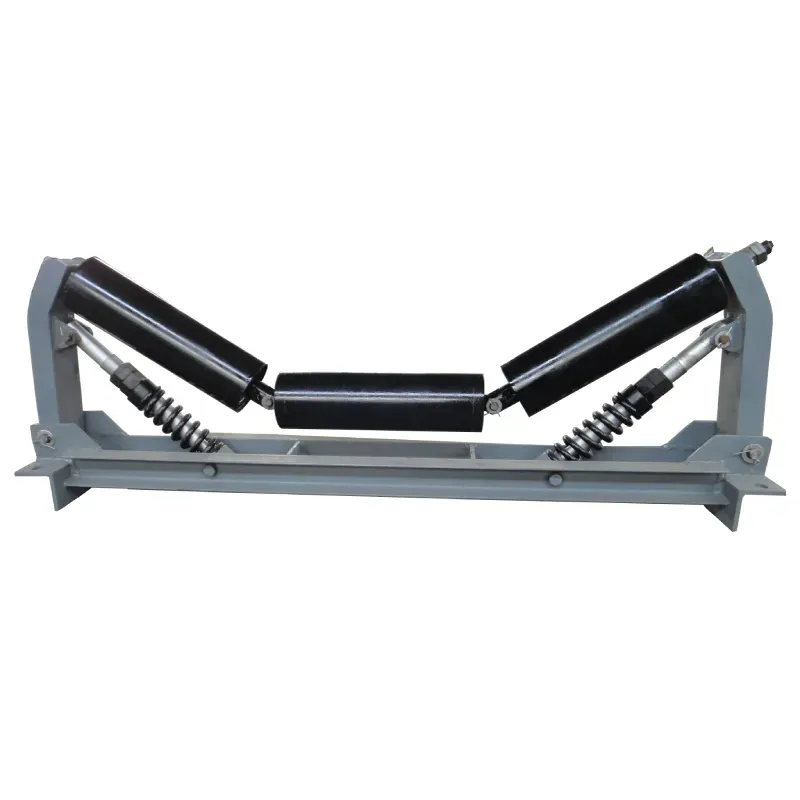 Afrikaans
Afrikaans  Albanian
Albanian  Amharic
Amharic  Arabic
Arabic  Armenian
Armenian  Azerbaijani
Azerbaijani  Basque
Basque  Belarusian
Belarusian  Bengali
Bengali  Bosnian
Bosnian  Bulgarian
Bulgarian  Catalan
Catalan  Cebuano
Cebuano  Corsican
Corsican  Croatian
Croatian  Czech
Czech  Danish
Danish  Dutch
Dutch  English
English  Esperanto
Esperanto  Estonian
Estonian  Finnish
Finnish  French
French  Frisian
Frisian  Galician
Galician  Georgian
Georgian  German
German  Greek
Greek  Gujarati
Gujarati  Haitian Creole
Haitian Creole  hausa
hausa  hawaiian
hawaiian  Hebrew
Hebrew  Hindi
Hindi  Miao
Miao  Hungarian
Hungarian  Icelandic
Icelandic  igbo
igbo  Indonesian
Indonesian  irish
irish  Italian
Italian  Japanese
Japanese  Javanese
Javanese  Kannada
Kannada  kazakh
kazakh  Khmer
Khmer  Rwandese
Rwandese  Korean
Korean  Kurdish
Kurdish  Kyrgyz
Kyrgyz  Lao
Lao  Latin
Latin  Latvian
Latvian  Lithuanian
Lithuanian  Luxembourgish
Luxembourgish  Macedonian
Macedonian  Malgashi
Malgashi  Malay
Malay  Malayalam
Malayalam  Maltese
Maltese  Maori
Maori  Marathi
Marathi  Mongolian
Mongolian  Myanmar
Myanmar  Nepali
Nepali  Norwegian
Norwegian  Norwegian
Norwegian  Occitan
Occitan  Pashto
Pashto  Persian
Persian  Polish
Polish  Portuguese
Portuguese  Punjabi
Punjabi  Romanian
Romanian  Russian
Russian  Samoan
Samoan  Scottish Gaelic
Scottish Gaelic  Serbian
Serbian  Sesotho
Sesotho  Shona
Shona  Sindhi
Sindhi  Sinhala
Sinhala  Slovak
Slovak  Slovenian
Slovenian  Somali
Somali  Spanish
Spanish  Sundanese
Sundanese  Swahili
Swahili  Swedish
Swedish  Tagalog
Tagalog  Tajik
Tajik  Tamil
Tamil  Tatar
Tatar  Telugu
Telugu  Thai
Thai  Turkish
Turkish  Turkmen
Turkmen  Ukrainian
Ukrainian  Urdu
Urdu  Uighur
Uighur  Uzbek
Uzbek  Vietnamese
Vietnamese  Welsh
Welsh  Bantu
Bantu  Yiddish
Yiddish  Yoruba
Yoruba  Zulu
Zulu Tail Drum Pulley System for Enhanced Conveyor Belt Performance and Efficiency
Understanding Tail Drum Pulleys Essential Components in Conveyor Systems
The tail drum pulley is a critical component in belt conveyor systems, playing a vital role in the efficient operation of material handling processes across various industries, including mining, agriculture, and manufacturing. This article aims to delve into the functionality, design, and importance of tail drum pulleys while highlighting their impact on system performance.
What is a Tail Drum Pulley?
A tail drum pulley, often referred to as a tail pulley, is positioned at the end of a conveyor belt system, opposite the drive pulley. Its primary function is to support the belt as it travels over the frame and provides a means for the belt to return to the starting point. By maintaining the tension and alignment of the belt, the tail pulley helps to ensure the reliability and longevity of the entire conveyor system.
Key Functions of Tail Drum Pulleys
1. Belt Support The tail pulley provides structural support to the belt, facilitating smooth transitions at the end of the conveyor system. This support is crucial for the proper functioning of the conveyor, as an improperly aligned or sagging belt can lead to operational issues.
2. Belt Tensioning Tail drums are integral in maintaining the correct tension of the conveyor belt. Proper tension is necessary to prevent slippage, which can lead to uneven wear and tear on the belt. Some tail pulleys come equipped with tension adjustment mechanisms, allowing operators to fine-tune the belt tension as needed.
3. Material Discharge In some designs, the tail drum pulley can also act as a guide for material discharge, redirecting materials onto the conveyor or into designated collection areas. This functionality enhances the efficiency of material handling processes.
4. Protection and Safety Tail pulleys often feature covers or guards to protect workers and equipment from potential hazards. They help prevent items from getting caught in the machinery and reduce the risk of accidents in the workplace.
tail drum pulley

Design and Material Considerations
The design of a tail drum pulley is crucial for its performance. Typically constructed from durable materials such as steel or aluminum, tail pulleys are designed to withstand heavy loads and harsh operating environments. The surface of the pulley is often coated or textured to enhance traction and prevent slippage of the conveyor belt.
Moreover, the diameter of the tail pulley is a crucial design aspect. A larger diameter pulley can help minimize belt wear and friction, contributing to a longer lifespan for both the pulley and the belt. Conversely, smaller diameter pulleys may be more compact and suitable for tight spaces, but they might require more frequent maintenance due to increased wear.
Importance in Conveyor System Efficiency
The efficiency and reliability of conveyor systems depend significantly on the proper functioning of their components, including tail drum pulleys. A malfunctioning tail pulley can lead to a cascade of operational issues, including belt misalignment, increased maintenance costs, and downtime, ultimately affecting productivity.
Regular inspections and maintenance of tail drum pulleys are essential for preserving system integrity. Monitoring wear and tear, lubrication of moving parts, and checking for proper alignment can prevent unexpected failures and ensure that the conveyor system operates smoothly.
Conclusion
In summary, tail drum pulleys are indispensable components of conveyor systems, providing support, tensioning, and safety functionalities. Their design and material choices significantly impact the performance and longevity of the conveyor system. Investing in high-quality tail drum pulleys and adopting regular maintenance practices is vital for any operation that relies on efficient material handling. As industries continue to evolve and demand greater efficiency, the role of tail drum pulleys will remain critical in optimizing conveyor systems for the future.
-
Revolutionizing Conveyor Reliability with Advanced Rubber Lagging PulleysNewsJul.22,2025
-
Powering Precision and Durability with Expert Manufacturers of Conveyor ComponentsNewsJul.22,2025
-
Optimizing Conveyor Systems with Advanced Conveyor AccessoriesNewsJul.22,2025
-
Maximize Conveyor Efficiency with Quality Conveyor Idler PulleysNewsJul.22,2025
-
Future-Proof Your Conveyor System with High-Performance Polyurethane RollerNewsJul.22,2025
-
Driving Efficiency Forward with Quality Idlers and RollersNewsJul.22,2025





























